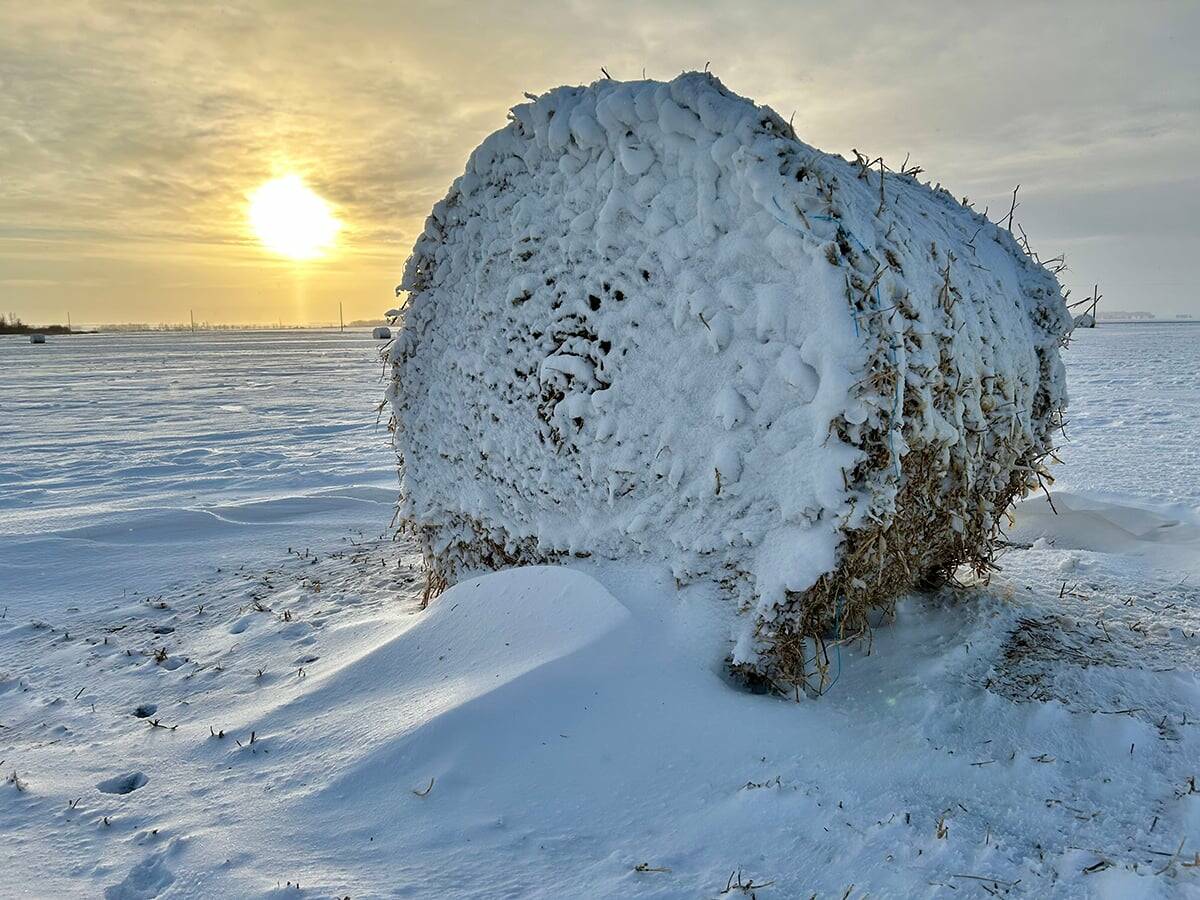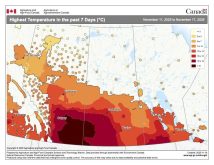Over the years, the idea of trying to control the weather has fascinated both scientists and the public alike.
We all know about cloud seeding, where we try to persuade clouds to produce rain — with some success. Alongside this, and a few other scientific efforts, there are new claims of weather warfare where nations allegedly use advanced technology to manipulate storms, droughts, and other natural disasters for military advantage.
The reality of weather modification is both interesting and complex. While some methods have been proven effective in limited ways, the notion of large-scale control over the climate remains far beyond our capability.
Read Also

What is perfect Christmas weather?
What is ‘perfect’ Christmas weather on the Prairies? Here’s where you should head this holiday, according to historical weather data.
Cloud seeding, the most commonly used form of weather modification, has been employed for decades to enhance rainfall in drought-stricken regions. By dispersing silver iodide or other particles into clouds, scientists can encourage the formation of raindrops or snowflakes. This technique has been used in the United States, China, Russia, and the United Arab Emirates to improve water supply and manage agricultural conditions. Studies indicate that cloud seeding can increase precipitation by five to fifteen per cent, though the effectiveness depends on atmospheric conditions.
Other weather modification methods have been explored with varying degrees of success. Some programs aim to reduce hail damage by encouraging smaller ice crystals to form instead of large hailstones. Airports have used fog dispersal techniques to improve visibility, particularly in areas where thick fog can disrupt air traffic. More ambitious attempts, such as efforts to weaken hurricanes through cloud seeding in the 1960s and 1970s, have largely failed, demonstrating that manipulating large-scale weather systems remains difficult.
While modifying weather for beneficial purposes is widely accepted, the idea of using it as a weapon is far more controversial.
The only confirmed case of weather modification for military purposes that I could find occurred during the Vietnam War, when the United States conducted Operation Popeye. The goal was to extend monsoon rains over the Ho Chi Minh Trail, a crucial supply route for North Vietnamese forces. By increasing rainfall by up to thirty per cent, U.S. forces created muddy conditions that made transportation and supply movement more difficult for the enemy.
The operation was eventually exposed, leading to international concerns about the potential for weather warfare. In response, the Environmental Modification Convention (ENMOD) was signed in 1978, banning the use of weather modification for hostile purposes.
Despite this ban, speculation about weather warfare has persisted, particularly during the Cold War, when both the United States and the Soviet Union explored weather manipulation techniques. While there is no evidence that either nation successfully developed large-scale weather control, fears of such technology have remained. The rise of online conspiracy theories has only fueled these concerns, with some people or sites claiming that modern weather disasters are not natural events but the result of deliberate interference.
One of the most frequently cited subjects in weather warfare theories is the High-Frequency Active Auroral Research Program (HAARP), a research facility in Alaska that studies the ionosphere. Some theorists claim HAARP can control the weather, steering hurricanes, or even causing earthquakes. All I can say about this is if the Americans can control the weather using HAARP, why do they keep getting hit by hurricanes and other weather disasters?
Another common theory is the belief in “chemtrails,” the idea that aircraft contrails, which are the visible streaks left behind by jet engine under certain atmospheric conditions, are deliberate chemical releases used for weather control or population control. In reality, contrails are composed of water vapour and exhaust particles, forming naturally when hot engine exhaust meets cold air. Depending on the stability of the atmosphere the jet is moving through, the contrails can be short lived, last a while, or even spread out over time.
Claims that hurricanes, such as Hurricane Katrina in 2005 or Hurricane Harvey in 2017, were artificially intensified or steered using secret military technology have also circulated.
Some believe directed energy weapons or other classified programs are responsible for strengthening storms or guiding them toward specific locations. However, meteorologists and climate scientists confirm that hurricanes are natural phenomena driven by ocean temperatures, atmospheric pressure, and wind patterns. While climate change may be increasing the severity of storms, there is no scientific basis for claims that they are being deliberately controlled.
Although large-scale weather warfare remains in the realm of speculation, some researchers are investigating advanced geoengineering techniques that could one day influence global weather patterns.
Stratospheric aerosol injection, for example, is a proposed method to cool the planet by spraying sulfate aerosols into the upper atmosphere to reflect sunlight. This technique would mimic the cooling effect of volcanic eruptions, potentially lowering global temperatures. However, scientists warn that such interventions could have unintended consequences, such as disrupting rainfall patterns or affecting agriculture. Another proposal, known as cloud brightening, involves spraying seawater into the air to make clouds more reflective, reducing surface temperatures. While these ideas remain experimental, they demonstrate the growing interest in climate intervention strategies.
Despite ongoing research, the reality is that weather modification remains a science with clear limitations.
The ability to control or weaponize the weather on a large scale is still far beyond human reach. While speculation about secret weather manipulation programs is unlikely to fade, the most significant threat to our climate comes not from hidden military projects but from human-driven climate change.
What we should be focusing on is adapting to and mitigating climate change rather than seeking or blaming programs trying to control the forces of nature.
Local weather update

















